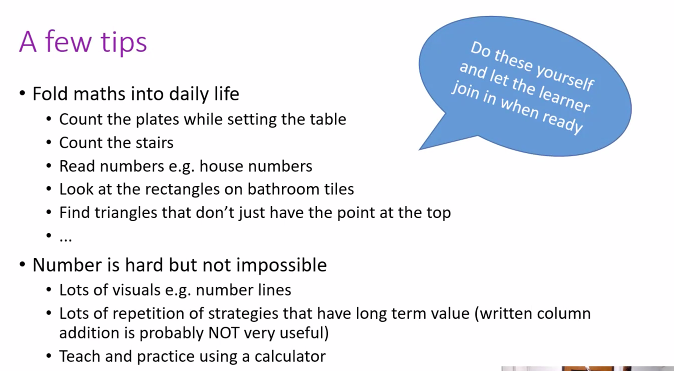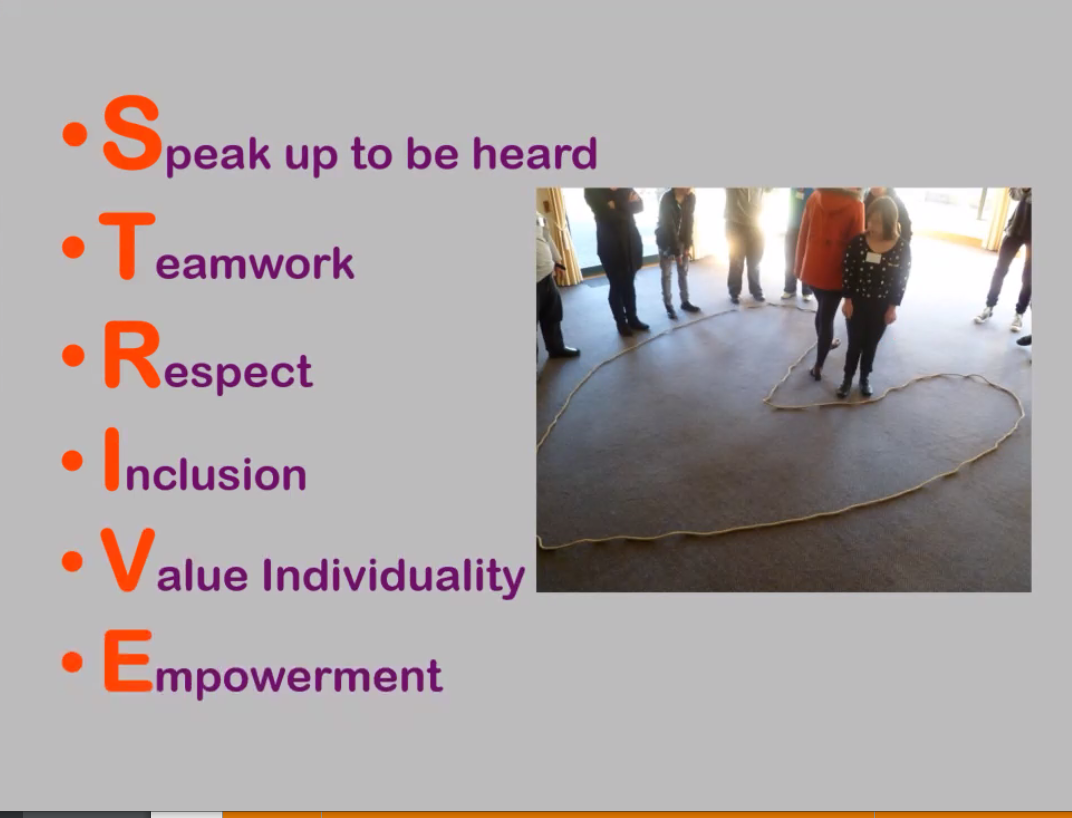This was such a useful course to take part in. I have learnt so much and can already see the difference it is making to the learning and reading of my students. :)
Tuesday, 26 September 2023
Saturday, 9 September 2023
Sunday, 6 August 2023
Tuesday, 1 August 2023
ADSA: Success in School Workshop: Day 2
Numeracy & adapting the curriculum with Dr Rhonda Faragher
Teach the student the same math that is being taught in their level with adaptations or adjustments. Year level adjusted curriculum is about allowing kids to move past holes and perhaps fill them as they go.
Our understanding of quantity gets pegged to the word (or the language). For children with down syndrome, we need to focus on the symbols. Visuals, such as number lines are essential.
Problems with number may be a deficit in number processing. However, other areas of mathematics are accessible.
Use calculators! Talking calculator as an app on the iPad can work wonders.
We can look at fractions and decimals too! Consider the ten block to be one whole. So the one can become one tenth.
Show the patterns between numicon and ten frames
Writing could be scribble! We need to see how they are progressing themselves, rather than using copying or tracing. It is critical that we don't skip over the need for them to understand they are conveying meaning through making marks on paper.
Use visuals. We can create a student profile which they can share with others. Use visuals to show, because it is easier for them to understand and to share.
Collaboration for Success – IEPs with Andrea Smart
Monday, 31 July 2023
ADSA: Success in School Workshop: Day 1
Hearing from Edward Borkin, sharing his story growing up with down syndrome. He is a founding member of STRIVE, Their main goal is:
- Ensuring everything is in logical order.
- Have instructions written down with steps (visuals important here)
- Talk slowly and communicate clearly. Use sign. Teach this to the whole class!
- Keeping background noises to a minimum. (Can encourage students to use headphones for a quiet space)
- Give more time to process, especially during testing situations.
- Front load where possible.
- Visual awareness
- Responds well to praise
- Reading and Writing
- Thrive with structure and routine




































